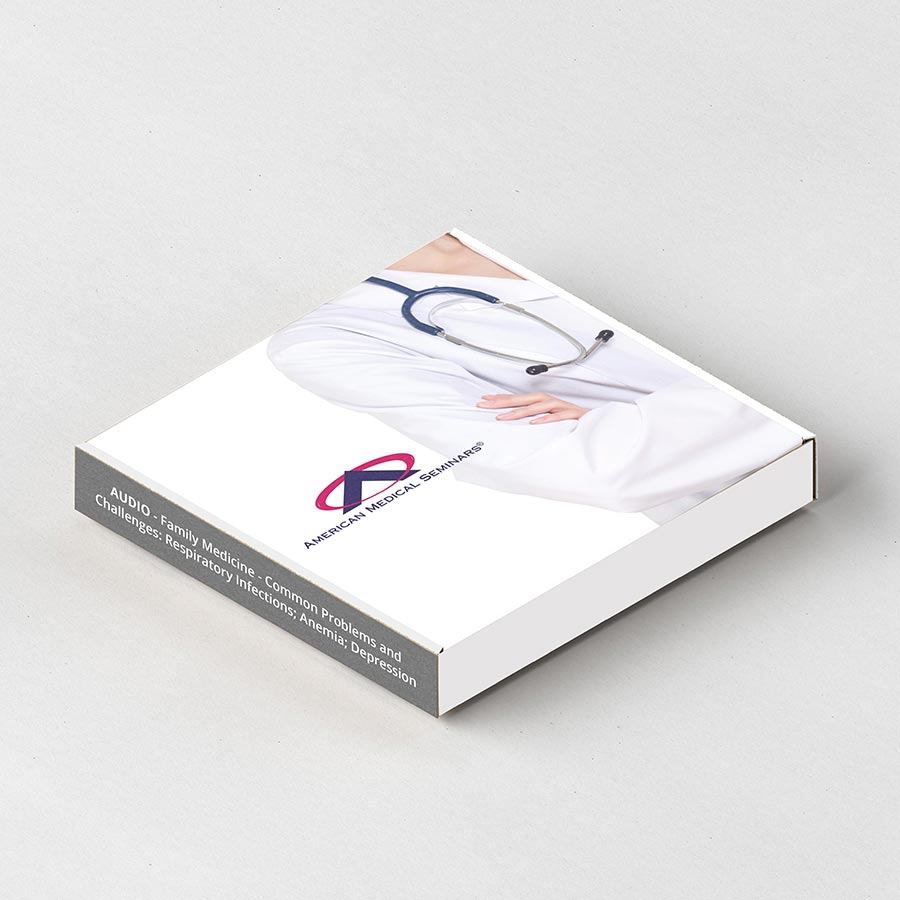Product Description
Title: Family Medicine – Dermatology: Acne Part 1 & 2, Case Studies
Faculty: Michele S. Maroon, M.D.
Original Release Date: July 1, 2018 Expiration Date: July 1, 2021
TOPIC 1: Acne, Part I: Pathophysiology, Recognition and Treatment.
Upon completion of this session, using evidence-based guidelines of the AAD, the participant should be able to: EBM, GL, COMP
- Characterize types of acne lesions and determine appropriate therapy based on pathophysiology.
- Develop a therapeutic ladder with a clear understanding of treatment indications, expectations, and side effects.
- Recognize current issues regarding usage of isotretinoin and long-term oral antibiotics to include the AAD Guidelines for prescribing Isotretinoin in females of childbearing potential.
TOPIC 2: Acne, Part II: Identification and Treatment of Acne, Acneiform Eruptions and Rosacea.
Upon completion of this session, the participant should be able to: COMP, EBM
- Recognize various acneiform eruptions to include post-adolescent acne and characteristics.
- Analyze testing results to distinguish such conditions, including culture and biopsy when appropriate, and initiate therapy.
- Diagnose and treat rosacea and consider possible association with Parkinson’s disease as per published evidence.
TOPIC 3: Case Studies in Dermatology.
Upon completion of this session, the participant should be able to: EBM, GL, COMP
- Create a differential diagnosis based on clinical presentation and patient history.
- Appreciate the importance of morphology and pattern recognition in cutaneous disorders.
- Develop an approach to treatment based upon the AAD Guidelines as well as those of the British Association of Dermatology for Lichen sclerosus.
- The receipt for any incentive-associated purchase will designate the value of the gift card separately from the cost of the learning activity.
- This incentive may have implications on your tax reporting obligations. Any reimbursed amount must be declared as personal income for tax purposes.


